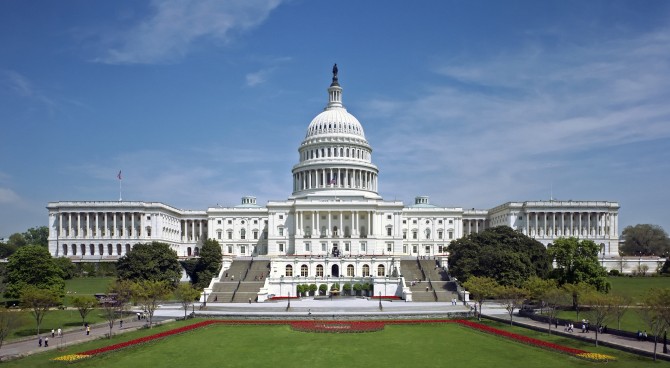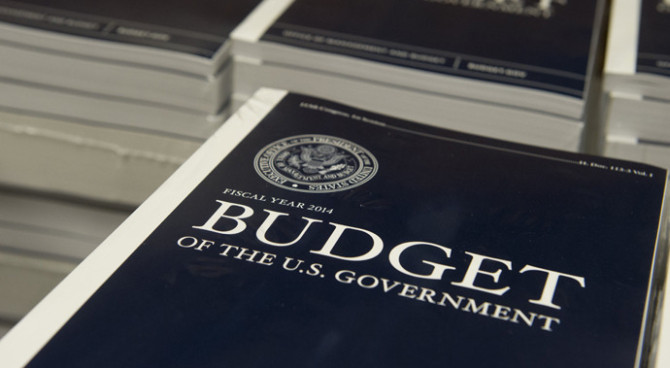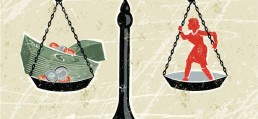The difference in wages is the natural consequence of choices that men and women freely make.
March 8, 2024 5:30 pm ET
Tuesday, March 12, is “equal pay day,” according to the National Committee on Pay Equity, a coalition of advocacy groups. Originally, the date was calculated as the additional days that women would need to work, on average, to earn the same amount as men earned in the previous year. The day kept moving earlier as the earnings gap grew smaller, so it was shifted to an arbitrary day in March. According to the original calculation, the date would be March 9.
If the Census Bureau follows its precedent from last year, it will endorse the day by reproducing word for word a press release from the pay equity committee, and it will report none of the data that it and the Bureau of Labor Statistics collect that explain why the pay gap exists.
The pay gap is the natural economic result of choices men and women make, including how much or how little to work and which occupations to enter. The 84% figure, which is correct, is arrived at by dividing the average annual pay for women who work full-time all year by the average annual pay of men working full-time all year. But that comparison is misleading because full-time, year-round work is defined so broadly.
According to the Census Bureau, working 35 or more hours a week is the definition of full-time. Among full-time workers, however, the actual number of hours worked varies significantly. More than a quarter of the reported pay gap for full-time workers is attributable solely to men working an average of two hours more a week than women. For those working less than 35 hours a week, women’s earnings are, on average, 105% of men’s pay.
The Census Bureau treats elementary and secondary teachers in a way that further distorts the wage comparison. On average teachers work only 38 weeks a year, but in its calculations, the Census Bureau pretends they work 52 weeks. This not only moves them into the year-round category with only about three-fourths of a year of work, but also reduces their average weekly earnings because their annual pay is divided by 52 rather than 38. Nearly three-fourths of elementary and secondary teachers are women.
Workers’ earning power increases as they gain more experience. On average, women over 40 have three less years of experience than men of the same age. The reason for this should be obvious: Many women drop out of the labor force at some point to rear children. That alone explains about a third of the observed pay gap.
Women and men also make different choices in terms of occupations and education. Men tend to choose higher-paying college majors and occupations. Only one of the 10 highest-earning college majors graduates more women than men, while nine of the 10 lowest-earning majors graduate more women than men. Physicians are the highest-paid occupation. In 1967, women earned only 8% of medical degrees. Today more than half of students enrolled in medical school are women. More than three-fourths of doctorates in health and medical sciences are earned by women, as are more than half of the doctorate degrees in biological and life sciences. While women earn only about a quarter of engineering doctorates, that share is up dramatically from less than 0.5% in 1967.
Men are more likely to select occupations with greater financial risk, such as jobs that pay commissions on sales. They are also more likely than women to take jobs with physical risk, such as construction, whose pay is higher owing to the risk premium. Men die on the job at 12 times the rate of women and suffer 50% more injuries at work than women do. But even in the skilled trades, the proportion of female carpenters has more than tripled and the proportion of female plumbers and electricians has risen by 50% in the past 25 years.
The increase in the number of women choosing to enter highly paid occupations has been complemented by a shift in the relative roles of men and women in the home. The American Time Use Survey, conducted by the Bureau of Labor Statistics, shows that the difference between women and men in time spent on household activities and care of dependents has declined by 21% since the survey began in 2003. The choices men and women make about how many hours to work, whether and how to share parental and household duties, which occupations to enter, and what type of education to pursue have changed over the past 50 years. As a result, the so-called gender pay gap has narrowed by 45%.
The claim that the gap reflects discrimination assumes that employers would pass up the chance to hire a woman at 84% of what they pay a man with the same training, skills and experience to do the same job. Since labor costs make up a significant share of total business costs, not only would employers have a strong incentive to hire women but discriminators would have a hard time staying in business. Market forces penalize discrimination and reward inclusion.
Mr. Gramm is a former chairman of the Senate Banking Committee and a nonresident senior fellow at the American Enterprise Institute. Mr. Early served twice as assistant commissioner at the Bureau of Labor Statistics and is an adjunct scholar to the Cato Institute. They are co-authors with Robert Ekelund of “The Myth of American Inequality.”



